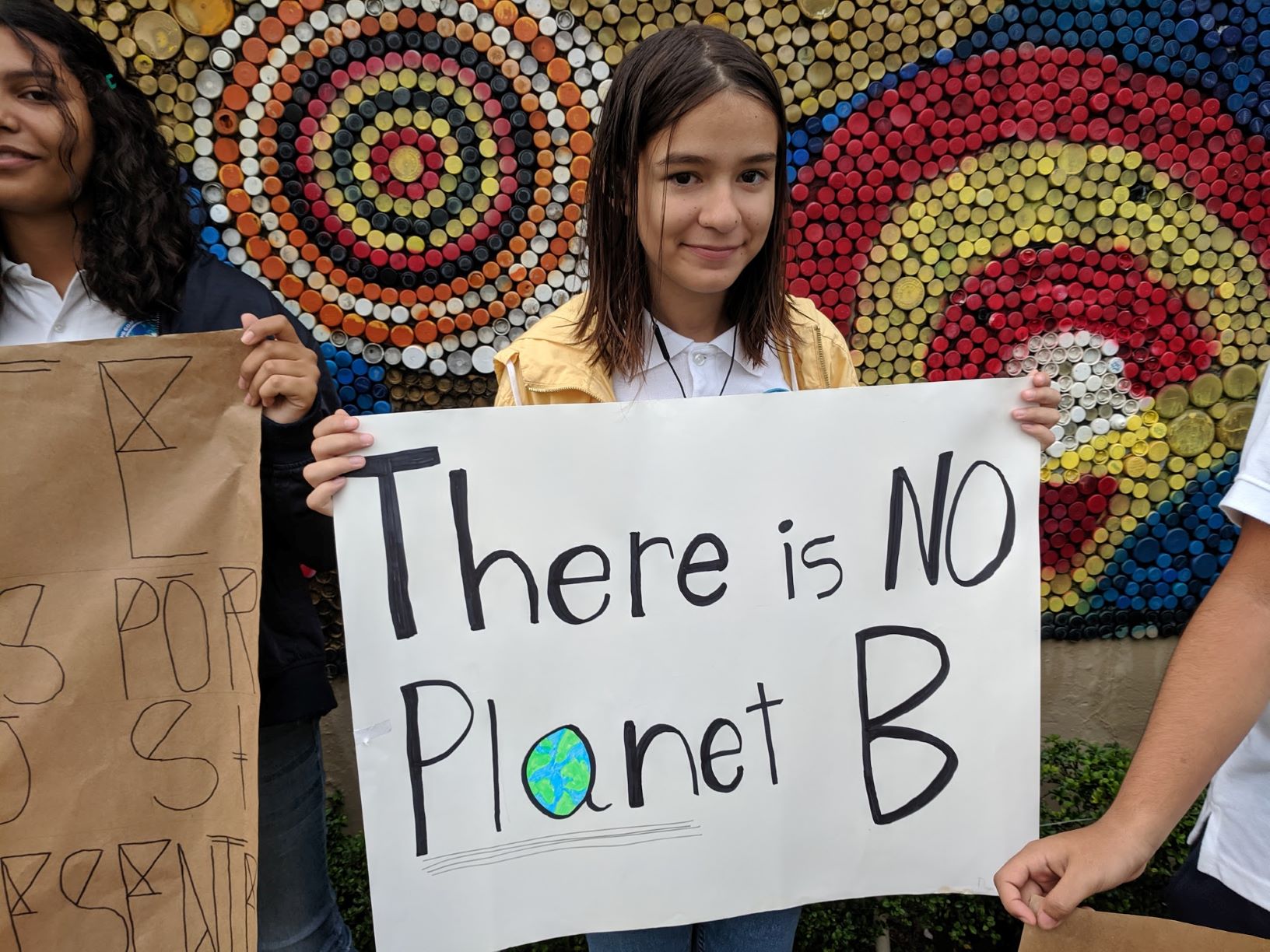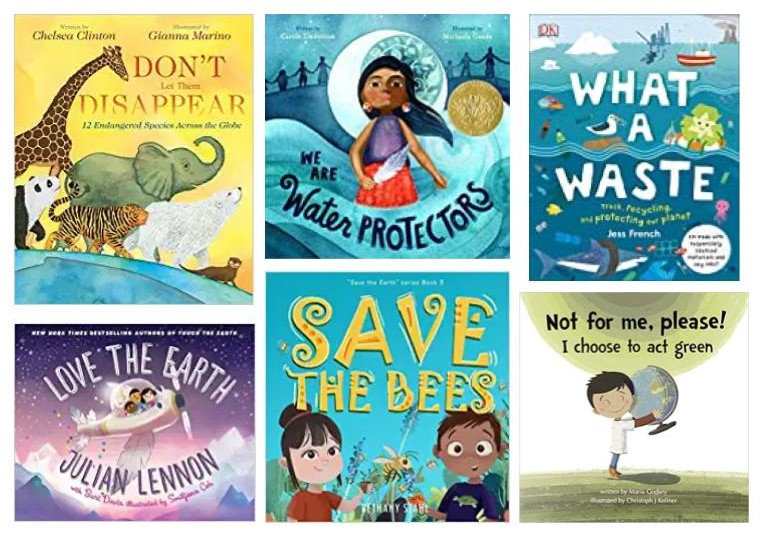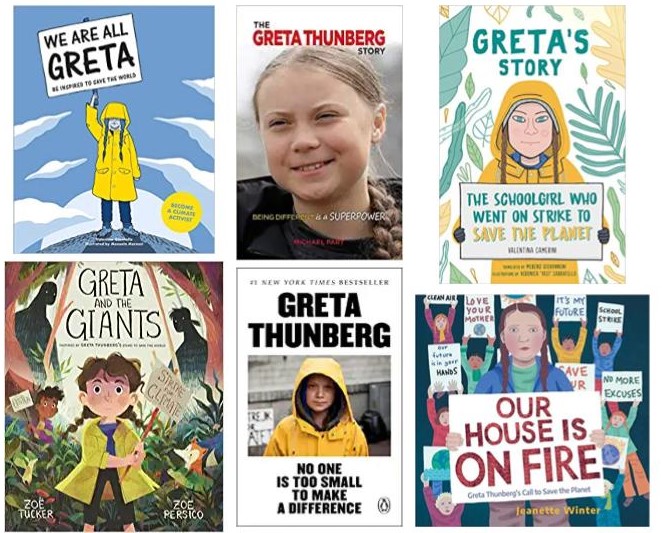COVID-19 is Not the Problem: Creating a Student Led Movement for Change
 Up until last March, the world was full of problems for us to tackle — from plastic pollution and climate change to fossil fuels and homeless refugees.
Up until last March, the world was full of problems for us to tackle — from plastic pollution and climate change to fossil fuels and homeless refugees.
And then COVID-19 happened.
Now, the pandemic seems to be all we think (and talk) about: How to live with it. How to cure it. How to jumpstart the economy. How to get our kids back into school.
Don’t get me wrong — I’m not saying it’s not very real and very serious. But it’s a symptom, not the problem. We may vanquish COVID but as soon as we do, something else will rise to take its place. Another disease or another catastrophe… because we are the problem. We are destroying the world and mother nature is doing her best to reset the balance.
The problem is twofold : 1) there are too many of us, and 2) we are selfish. Think about it: we have a population of 7.5 billion people on the planet, up from 3 billion in 1960. And the more comfortable we get, the more stuff we want: we want to eat high on the food chain (lots of meat and food that we fly in from all over the world). We want to buy throwaway clothes that we can change with the seasons. We want big houses, computers, cell phones, and cars. And we want to replace everything every couple of years when something new comes out. Yes, the 2,825 billionaires currently on the planet are ridiculous in their wealth…. but the rest of us are no less selfish. We take, we take, we take, and the planet is running out of resources. We are killing the golden goose.
So mother nature gave us COVID-19, in what seems like an attempt to rebalance the scales.
While we’ve been fighting COVID, we’ve stopped paying attention to the underlying problem: our assault on the natural world. If we want to survive, we need to live with COVID while we make the changes that will ensure our survival.
As educators, our job is to teach our students to care and to make changes. And we can teach them by modeling:
- Composting
- Recycling
- No use of plastic
- Eating less meat
- Turning off the air conditioning and the lights
- Home gardening
But we also need to let our students know that we cannot wait for governments to take the initiative. We need to start a grassroots movement, each of us, doing what we can to make things better, and demanding that our leaders do the same. We can no longer compete between countries. It is our one world and the borders we have created are a fiction. We need to work together.
Our focus on COVID-19 tends to leave our students feeling like helpless victims, with nothing to do but wait it out and hope it will be over soon. But, shifting our vision to climate change, can empower them, as they become activists looking for solutions. We can help our students give voice to their ideas about saving the world by teaching them to create a movement.
Creating a Student Led Movement:
- Choose a solution, do research, and create a infographics or videos to inform others.
- Open an Instagram or Facebook page and use it as a platform to share their message.
- Write government officials.
- Reach out to families and friends to join their movement.
- Create slogans to put on t-shirts and mugs.
- Plan a protest and ask their followers to join.
- Contact the press and get coverage.
We need to help our students raise their voices in defense of the environment. They are the ones who can educate their parents, and they will be the future decision-makers and voters in their countries. They can bring about change. And it’s our job to support them. Yes, calculus and essay writing are important, but they will be of no use to anyone if we continue to destroy our world.
So, let’s accept that we have COVID-19 — and empower our students to identify the root causes and make a change. Let’s put on our masks and get down to the hard task of changing our habits and fighting to save our world.
Resources:
- Video: How to Start a Movement
- Greta Thunberg on Twitter: @GretaThunberg
- Greta Thunberg’s website
- Youth Led Movement: Fridays for Future Canada, Unicef: Youth for Climate Action
- David Attenborough’s documentary: A Life on Our Planet (Netflix)
- What is Climate Change?
- Gravitas video: short but impactful: Climate Change is Affecting You Personally
- Margaret Atwood’s short story (10 minute read) Time Capsule Found on the Dead Planet – thanks to Dawn Harris for sharing – follow her on Twitter @DHarrisEdS for inspiration and teaching ideas
- And of course, there are books….books about the earth and climate change:

- And books about Greta Thunberg, an example of student activism:


One question I would like to ask is how we get students to really believe in causes that are worth fighting for. Mine are generally skeptical about the chances of actually making a difference. They are able to identify problems and causes and to even point to possible solutions, yet they seem to lack the enthusiasm to move a muscle.
I’ve definitely run into this too, Stephan. In our school we’ve been most successful when they become passionate about the issue (when it’s my passion and not theirs, nothing works). We share examples of student activists – of course, Greta Thunberg immediately comes to mind, but here’s a site with some examples.
We also share information about how to create a movement. When the students put information on social media and get a response, they gain motivation. Our students began sharing their worries about the environment and famous environmentalists began to respond to them. This spurred them on to action and they ended up putting together an amazing conference that you can read about here.
I think these successes give them confidence and they want to continue.